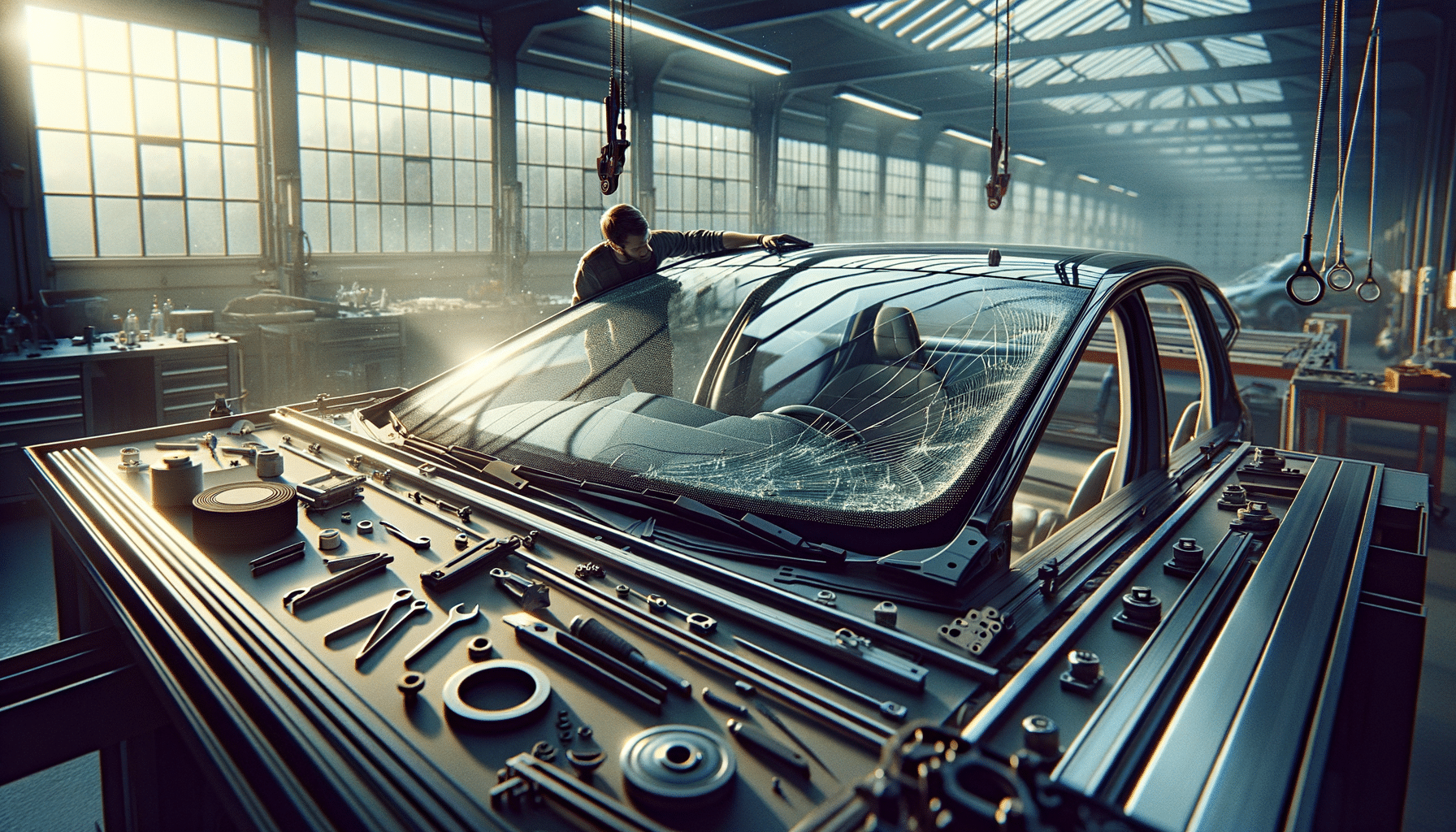
The Full Guide on Windshield Replacement
Introduction to Windshield Replacement
Windshield replacement is an essential service that many vehicle owners may need at some point. Whether due to an accident or environmental factors, knowing when and how to replace a windshield can ensure your safety and maintain the integrity of your vehicle. In this article, we will explore the intricacies of windshield replacement, covering everything from the signs that indicate a need for replacement to the steps involved in the process.
Signs You Need a Windshield Replacement
Your windshield is a critical component of your vehicle’s safety system. It protects you from wind, debris, and weather, while also providing structural support to your car. Recognizing the signs that indicate a need for replacement can prevent further damage and ensure your safety on the road. Here are some key indicators:
- Cracks and Chips: Small chips can often be repaired, but larger cracks usually require a full replacement. If a crack is longer than a dollar bill or a chip is larger than a quarter, it’s time to consider replacement.
- Obstructed View: Any damage that obstructs your view while driving is a significant safety risk and should be addressed immediately.
- Whistling Sounds: If you hear whistling noises while driving, it may indicate that your windshield seal is compromised, necessitating a replacement.
- Weather Damage: Extreme temperatures can cause your windshield to expand and contract, leading to cracks over time.
Being vigilant about these signs can help you determine when it’s time for a windshield replacement, ensuring your vehicle remains safe and roadworthy.
The Windshield Replacement Process
Understanding the windshield replacement process can help you prepare and ensure the job is done correctly. The process typically involves several key steps:
- Assessment: A professional will assess the damage to determine whether a repair or full replacement is necessary.
- Preparation: The damaged windshield is carefully removed, and the area is cleaned to ensure a proper seal for the new glass.
- Installation: A new windshield is installed using high-quality adhesive. It’s crucial that the adhesive is allowed to cure fully to ensure a strong bond.
- Inspection: After installation, the windshield is inspected to ensure it meets safety standards and is properly aligned.
This process ensures that your new windshield is installed safely and securely, providing the necessary protection and support.
Choosing the Right Service Provider
Selecting a reliable service provider for your windshield replacement is crucial. Here are some tips to help you make an informed decision:
- Experience and Reputation: Look for providers with a solid reputation and years of experience in the industry. Customer reviews and ratings can provide valuable insights.
- Quality of Materials: Ensure that the provider uses high-quality glass and adhesives that meet industry standards.
- Warranty and Insurance: Opt for a service that offers a warranty on their work and check if they accept your insurance for coverage.
- Certification: Technicians should be certified and trained in the latest techniques and safety standards.
Taking the time to research and choose the right provider can ensure that your windshield replacement is both safe and cost-effective.
Maintaining Your New Windshield
Once your new windshield is installed, proper maintenance is key to prolonging its lifespan and maintaining your vehicle’s safety. Here are some tips:
- Regular Cleaning: Use a soft cloth and mild cleaner to keep your windshield clear and free of debris.
- Avoid Harsh Chemicals: Steer clear of ammonia-based cleaners, as they can damage the glass and tint.
- Mind the Temperature: Sudden changes in temperature can stress the glass. Avoid blasting the heater or AC directly onto the windshield.
- Address Chips Promptly: Small chips can quickly turn into larger cracks if not repaired promptly.
By following these maintenance tips, you can ensure that your new windshield remains in excellent condition, providing you with clear visibility and safety for years to come.
Conclusion: Ensuring Safety and Longevity
Windshield replacement is more than just a repair task—it’s a crucial step in ensuring the safety and structural integrity of your vehicle. By understanding the signs of damage, the process of replacement, and how to choose a reliable service provider, you can make informed decisions that protect you and your passengers. Regular maintenance of your new windshield will also help extend its life, keeping you safe on the road. Remember, a clear view is not only a convenience but a necessity for safe driving.


